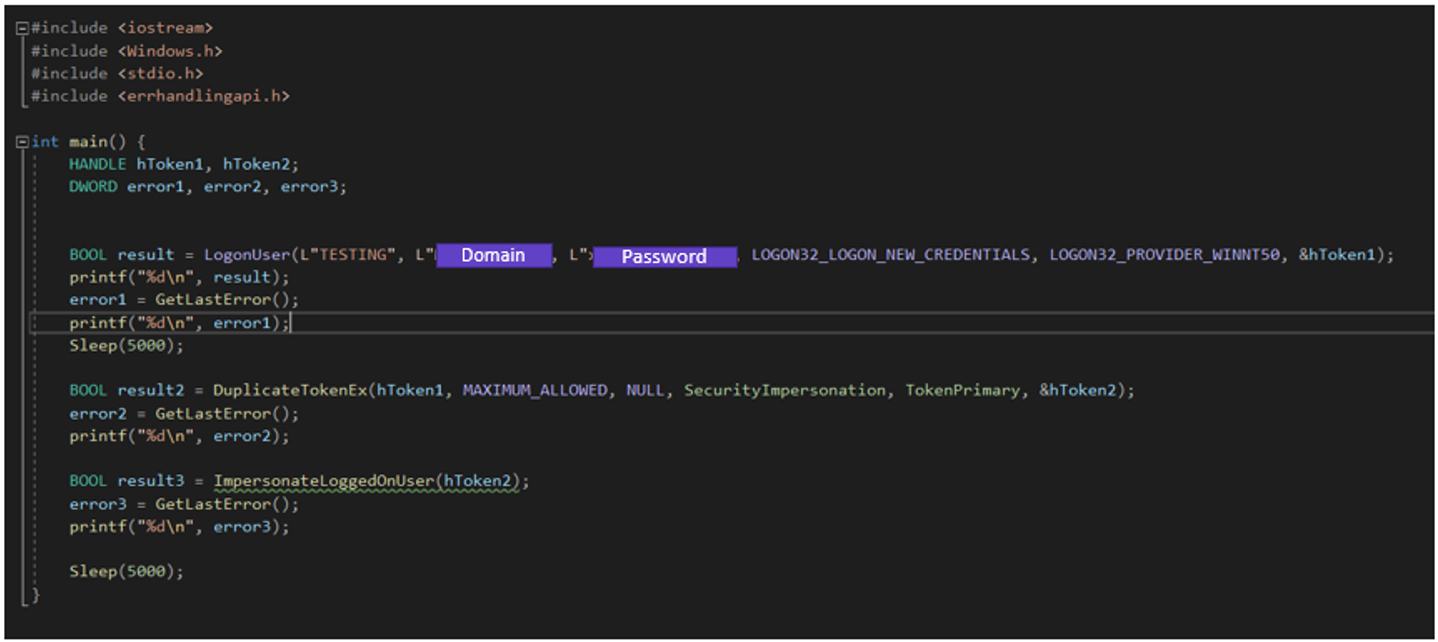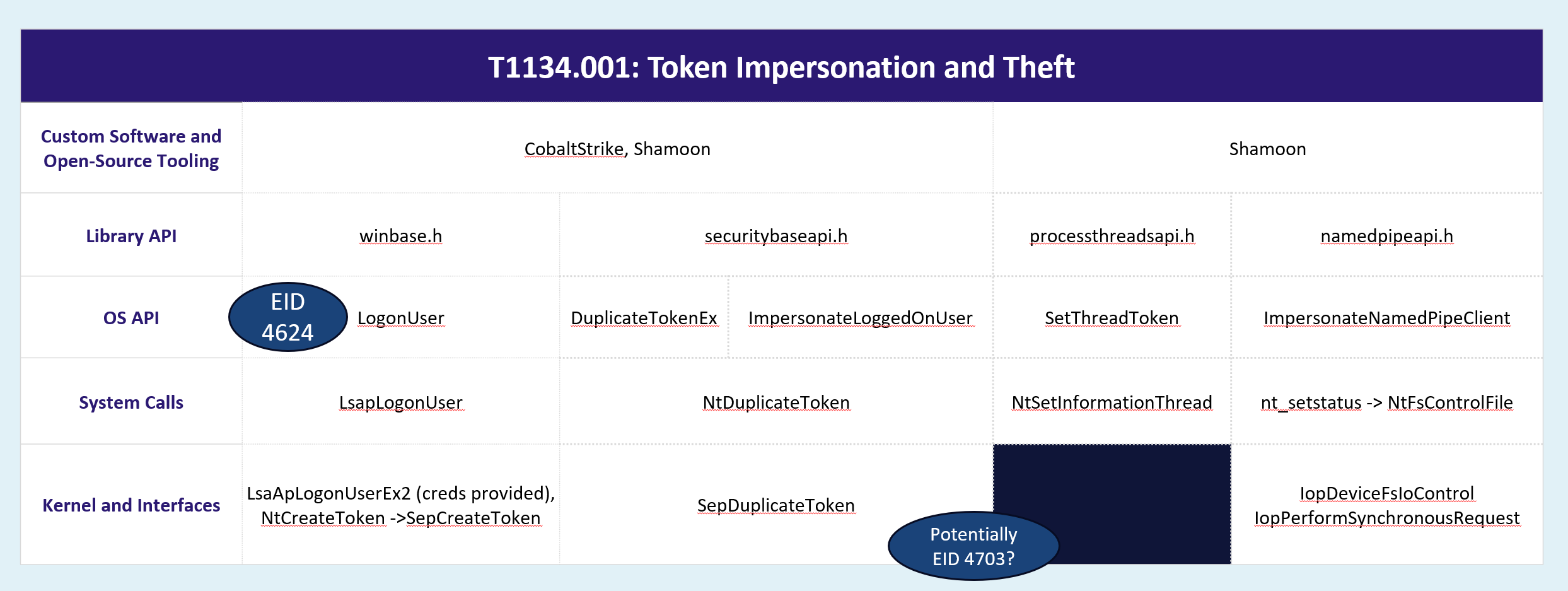Access Token Abuse¶
Original Analytic¶
title: Operator Bloopers Cobalt Strike Commands
id: 647c7b9e-d784-4fda-b9a0-45c565a7b729
related:
- id: 4f154fb6-27d1-4813-a759-78b93e0b9c48
type: similar
status: experimental
description: Detects use of Cobalt Strike commands accidentally entered in the CMD shell
references:
- https://hstechdocs.helpsystems.com/manuals/cobaltstrike/current/userguide/content/cobalt-4-5-user-guide.pdf
- https://thedfirreport.com/2021/10/04/bazarloader-and-the-conti-leaks/
- https://thedfirreport.com/2022/06/16/sans-ransomware-summit-2022-can-you-detect-this/
author: _pete_0, TheDFIRReport
date: 2022/05/06
modified: 2023/01/30
tags:
- attack.execution
- attack.t1059.003
logsource:
category: process_creation
product: windows
detection:
selection_img:
- OriginalFileName: 'Cmd.Exe'
- Image|endswith: '\cmd.exe'
selection_cli:
CommandLine|startswith:
- 'cmd '
- 'cmd.exe'
- 'c:\windows\system32\cmd.exe'
CommandLine|contains:
- 'psinject'
- 'spawnas'
- 'make_token'
- 'remote-exec'
- 'rev2self'
- 'dcsync'
- 'logonpasswords'
- 'execute-assembly'
- 'getsystem'
condition: all of selection_*
falsepositives:
- Unknown
level: high
Analytic Source: SigmaHQ
Original Analytic Scoring¶
Application (A) |
User-Mode (U) |
Kernel-Mode (K) |
|
|---|---|---|---|
Core to (Sub-) Technique (5) |
|||
Core to Part of (Sub-) Technique (4) |
|||
Core to Pre-Existing Tool or Inside Boundary (3) |
|||
Core to Adversary-Brought Tool or Outside Boundary (2) |
EventID: 1
CommandLine|contains:
- ‘psinject’
- ‘spawnas’
- ‘make_token’
- ‘remote-exec’
- ‘rev2self’
- ‘dcsync’
- ‘logonpasswords’
- ‘execute-assembly’
- ‘getsystem’
|
||
Ephemeral (1) |
selection_img:
- OriginalFileName: ‘Cmd.Exe’
- Image|endswith: ‘\cmd.exe’
CommandLine|startswith:
- ‘cmd ‘
- ‘cmd.exe’
- ‘c:\\windows\\system32\\cmd.exe’
|
This analytic’s robustness score is 1U because it relies on commands being run from
cmd.exe. While some observables of the analytic score at level 2, they are ORed with
level 1 making the overall analytic score at 1U. This analytic also relies on an
adversary accidentally entering these commands on the victim machine since the specified
arguments are typically executed on a beacon within CobaltStrike.
We can generate an analytic that scores scores higher according to the Summiting
methodoogy by researching what happens on a system when a token is impersonated. The
original analytic spans several different behaviors, tactics, and techniques including
process injection, privilege escalation, lateral movement, access token manipulation,
and credential access, so we also need to re-scope our analytic and focus on a single
ATT&CK technique. We’ll continue with T1134.001 Access Token Manipulation: Token
Impersonation/Theft. We will further scope down our research, focusing on access token
theft implementations that leverage Windows API calls versus command line
implementations like the runas command.
Test scripts were executed to call Windows APIs commonly used by adversaries and/or tools when performing access token manipulation, as seen on the ATT&CK page [1]:
LogonUser
DuplicateTokenEx
ImpersonateLogonUser

Test script used to call Windows APIs associated with Access Token Manipulation. (Click to enlarge)¶
Testing confirmed that calling these APIs generated Event ID 4624 (An account has been logged on).
Note
Audit Logon events must be configured in Local System or Group Policy to capture
Event ID 4624
With knowledge that event ID 4624 [2] is fired anytime an adversary performs access token manipulation, we can now begin to develop a new analytic. Simply searching for Event ID 4624 would be incredibly noisy on a production environment, therefore defenders must leverage other fields in the event to filter out false positives. Fortunately, the Summiting team has gone through this process already, submitted the improved analytic to Sigma through previous research [3], and started developing a capability abstraction map. The team is continuing the research to find better event IDs or other observables which can be correlated to access tokens specifically.
title: Potential Access Token Abuse
id: 02f7c9c1-1ae8-4c6a-8add-04693807f92f
status: experimental
description: Detects potential token impersonation and theft. Example, when using "DuplicateToken(Ex)" and "ImpersonateLoggedOnUser" with the "LOGON32_LOGON_NEW_CREDENTIALS flag".
references:
- https://www.elastic.co/fr/blog/how-attackers-abuse-access-token-manipulation
- https://www.manageengine.com/log-management/cyber-security/access-token-manipulation.html
author: Michaela Adams, Zach Mathis
date: 2022/11/06
modified: 2023/04/26
tags:
- attack.defense_evasion
- attack.privilege_escalation
- attack.t1134.001
logsource:
product: windows
service: security
detection:
selection:
EventID: 4624
LogonType: 9
LogonProcessName: 'Advapi'
AuthenticationPackageName: 'Negotiate'
ImpersonationLevel: '%%1833' # Impersonation
condition: selection
falsepositives:
- Anti-Virus
level: medium

Capability abstraction map for API-based implementations of Access Token Manipulation: Token Impersonation and Theft¶
Improved Analytic Scoring¶
Application (A) |
User-Mode (U) |
Kernel-Mode (K) |
|
|---|---|---|---|
Core to (Sub-) Technique (5) |
|||
Core to Part of (Sub-) Technique (4) |
EventID: 4624
LogonType: 9
LogonProcessName: ‘Advapi’
AuthenticationPackageName: ‘Negotiate’
ImpersonationLevel: ‘%%1833’
|
||
Core to Pre-Existing Tool or Inside Boudnary (3) |
|||
Core to Adversary-Brought Tool or Outside Boundary (2) |
|||
Ephemeral (1) |
Note
The behavioral analytic research for Access Token Manipulation is covered in MITRE ATT&CK Defender’s (MAD) Technique Detection Course on Access Token Manipulation.
References
